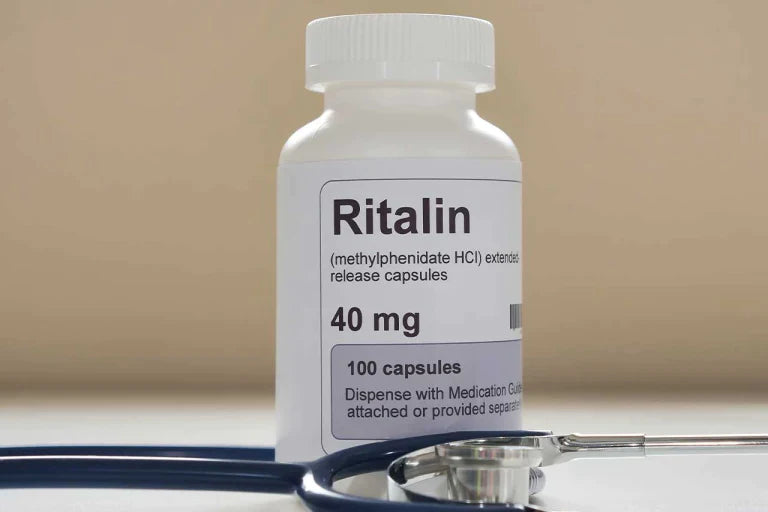Ritalin - Uses, Interactions, Side Effects



Ritalin has been shown to lessen ADHD symptoms like:
Sharpening focus
Lengthening the attention span
Limiting impulsivity
Narcolepsy, a sleep disorder that causes excessive daytime sleepiness and uncontrollable sleep spells, may also be successfully treated with Ritalin. Hypocretin is a neurotransmitter thought to be deficient in narcolepsy. Ritalin has been demonstrated to raise hypocretin levels in the brain, which may help to lessen the symptoms of narcolepsy.
Ritalin has been investigated as a potential treatment for a number of other conditions in addition to its use for ADHD and narcolepsy, such as:
-- Depression
Weight gain
Misuse of drugs
Ritalin may also improve cognitive function and be advantageous for healthy adults. Ritalin improved task flexibility, working memory, and planning skills in healthy young people, according to one study.
Ritalin's typical side effects include:
Feeling anxious
Sleep issues
head pain
Suppression of appetite
Additionally, Ritalin may raise blood pressure and heart rate. It may also be addictive and result in drug abuse.
People who have hypertension, heart disease, or a history of substance abuse should use Ritalin with caution. Additionally, it needs to be used with caution by those who are taking MAO inhibitors or other neuroactive medications.
Ritalin should not be taken by women who are pregnant or nursing.
Ritalin is typically given in dosages of 5–10 mg twice or three times daily to kids aged 6–12 years old. The typical daily dose for adults and adolescents is 10–60 mg.
Ritalin ought to be consumed with food. It's offered as a tablet, capsule, and liquid.
Ritalin is quickly absorbed from the digestive system and reaches peak blood levels in 30 to 60 minutes. Ritalin's effects last for 3 to 4 hours.
The liver converts Ritalin into urine for excretion.
1-3 hours for a half-life
Urination: 70% urine, 30% feces
Tricyclic antidepressants, MAO inhibitors, and other drugs that have an impact on the nervous system may interact with Ritalin.
Ritalin should not be taken by women who are pregnant or nursing.
Ritalin's safety in children has not been proven.
Ritalin is a stimulant of the central nervous system. Although the precise mechanism of action is unknown, it is believed to function by raising the levels of the neurotransmitters norepinephrine and dopamine in the brain. These neurotransmitters help with focus and attention.
It has also been demonstrated that ritalin raises the brain's levels of the neurotransmitter hypocretin. The hormone hypocretin plays a role in wakefulness and could help with narcolepsy symptoms.
Ritalin's effectiveness in treating ADHD has been thoroughly investigated. Ritalin has been shown to be effective in reducing the signs and symptoms of ADHD in children, adolescents, and adults in a number of placebo-controlled studies.
Ritalin has also been investigated as a possible treatment for depression, obesity, narcolepsy, and drug abuse. The effectiveness of Ritalin for these conditions needs to be confirmed by additional research, though.
Ritalin has been shown to improve cognitive function in healthy adults. Ritalin improved task adaptability, working memory, and planning skills in healthy young adults, according to one study.
Healthy older adults may benefit from ritalin as well. Ritalin enhanced cognitive function in healthy older adults, according to one study.
There are several medications that can be used in place of Ritalin to treat ADHD. These consist of:
Stimulant drugs include methylphenidate (Concerta, Daytrana), dextroamphetamine (Dexedrine), and lisdexamfetamine.
Non-stimulant drugs include guanfacine (Intuniv), bupropion (Wellbutrin), and atomoxetine (Strattera).
Psychotherapy includes cognitive-behavioral therapy, family therapy, and behavior therapy.
Lifestyle modifications: physical activity, dietary adjustments, and good sleep habits.








Plus get the inside scoop on our latest content and updates in our monthly newsletter.